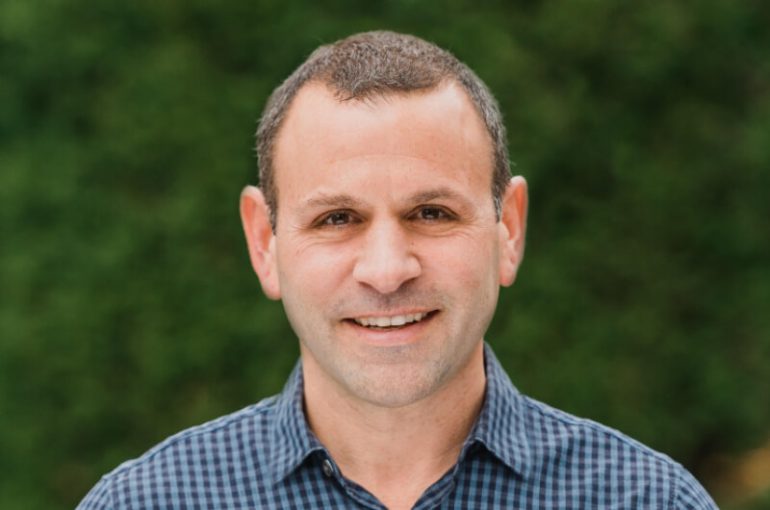Multiple reports showed a record influx of capital to Canadian startups in 2021 and early 2022. Then came increased interest rates and the looming threat of a recession.
Unsurprisingly, capital flows all but dried up. Or did they?
Investors who have recently raised enormous funds over the last two years still need to disburse that capital. According to Matt Golden, founder and managing partner of Golden Ventures, what changes are the variables that matter to investors. On the Float Retained Learnings podcast, Golden explained the way startups need to think about growth if they want to fundraise in a down market.
“Things can go terribly wrong if you’re not really in tune with your finance function early.”
When evaluating any investment, Golden said he always looks at the “three-legged stool” of team composition, market potential, and traction or proof points in the business. Over time, he’s found anchoring on the team is his strongest bet. Golden said because the fund invests at the pre-seed, seed, and seed-plus stages, the business itself may evolve over time and success rests more with the team.
A focus on the team aside, Golden said he still looks carefully at the other areas with a metrics-focused approach. At pre-seed, he looks for an “inclination” of success: some indication that customers want the product or a validation that the market needs the solution. Then comes seed, where Golden expects to see some customers but not “some sort of huge run rate.” By seed-plus, he said he’s looking for a healthy customer base, a path to expansion, and some segmented analysis around customer cohorts.
“We’re consistently working with our founders on preparing them for their Series A fundraises, so that’s where metrics become much more meaningful,” said Golden.
But getting to that Series A round requires a tighter connection with the finance department than most early startup leaders have.
“Things can go terribly wrong if you’re not really in tune with your finance function early,” said Golden.
In particular, there’s a risk of reporting the wrong numbers or reporting them in the wrong way, which can jeopardize fundraising, something Golden said he’s seen happen a couple of times with startup leaders.
“If you’re accounting for something differently, and that gets revealed at the wrong time, it creates very meaningful deal risk and could derail a fundraise,” said Golden.
While he advises startup leaders to partner closely with finance, Golden also knows the reality that many early-stage startups simply can’t afford whole finance departments. In these cases, his advice is to budget some money for a third party to validate your numbers and help put you on the right path; it might seem expensive at the start, but it could save a future fundraise.
Even if founders have all the right reporting, they still need to be aware that the game has changed. For younger founders, a recession in 2023 might be the first real market downturn of their careers—for the past decade, tech has largely been a bull market. Golden takes some heart in his experience here, noting that he’s been through a couple of downturns and has some advice for startups: shift your mindset.
While many founders acknowledge they can no longer seek growth-at-all-costs because the capital environment is more conservative, Golden said it’s not just about running to profitability. Instead, it’s about a balance between profitability and growth.
The reason for this, Golden continued, is that the story of having amazing unit economics at scale—the classic “growth at all costs” story—doesn’t actually go away in market downturns. Validating unit economics at an earlier stage becomes more important, but investors still want to know about moonshot growth opportunities. In short, Golden said investors are looking at “how quickly can it be a healthy business?”
This new approach often creates tension: a focus on unit economics can impact growth opportunities and vice versa. So Golden recommends looking for a balance between them.
“I don’t think you can just be growing and not demonstrate some level of potential for a profitable, healthy unit economics business,” said Golden. “You have to find the middle ground of really strong growth and proof points around unit economics.”


